Kyoto culture
Latest content and event information
-
This is a high-quality educational tour for adults that allows you to experience tea and sake, traditional Kyoto culture, with all five senses and appreciate the depth of Japanese culture. You can experience a tour that delves into the roots of tea and sake, which are derived from "water."
Savor Kyoto's Dual Heritage: An Exquisite Moments of Tea & Sake
09:40 Reception begins
09:50 Meet at Kyoto Station (KTIC Kyoto) == (Travel: JR) ==
10:30 Arrive at JR Uji Station (travel: on foot)
10:50 Byodoin Temple (visit) ... (travel: on foot) ...
12:00 Uji Tea Ceremony Dojo "Takumi no Yakata" (Tea brewing experience (with sweets)) ... (Travel: on foot) ...
12:50 Keihan Uji Station == (Train: Keihan Electric Railway) ==
13:20 Nakashojima Station... (Travel: Walking)...
13:30 Lunch (Japanese cuisine/restaurant in Fushimi Ward) ... (travel: on foot) ...
14:20 Tour of Fushimi Town, the town of sake (on foot)
15:30 Kintetsu Fushimi-Momoyama Station == (Train: Kintetsu Train) ==
16:00 Arrive at Kyoto Station and disband
Legend: = JR or private railway, ...: walking
SakeJapanese cultureMATCHAKyoto experienceKyoto sightseeingKyoto culturetraditional culture
-
Enter a world of plants that shine at night, surrounded by light and sound
As the oldest public botanical garden in Japan, the Kyoto Prefectural Botanical Garden will celebrate its 100th anniversary in 2024 and will be open at night for a limited time, where visitors will be immersed in a mysterious otherworldly world of plants that are different from those seen during the day. Stepping into one of Japan's largest observation greenhouses, you will be greeted by a lush green space decorated with light, sound, set design and projections, and witness the brilliance of plants overflowing with vitality.
As you explore the four different zones, you can use all your senses to sense the breathing and whispering of the plants and the diverse expressions that emerge at night.
Come enjoy an immersive experience in a fantastical world of light and sound that will help you discover new fascination with plants and foster a connection with nature.
Kyoto Prefectural Botanical GardensMOMENT FACTORYKyoto experienceLINK KYOTOKyoto sightseeingKyoto culture
-
A city where the culture of geisha and maiko who provide heartfelt hospitality through their dancing and other traditional arts has been passed down for generations, and where Kyoto's traditional culture is carefully preserved."Glamorous district"Kyoto's entertainment district flourished as a major center of hospitality culture.
In the Kagai district, geisha and maiko have the spring and autumn performances as their one goal, but they also spend their days training in dance and other performing arts, as well as studying traditional culture such as the tea ceremony. The kimonos and other attire that complement them are supported by the skills of many artisans, including traditional craft artisans, hairdressers, and kimono dressers. In addition to events unique to the Kagai district, such as the opening ceremony, they also inherit seasonal customs and continue to cherish and protect Kyoto's traditional culture by participating in traditional Kyoto events such as the Jidai Matsuri.
Let's experience traditional culture at this valuable museum located in the entertainment district of Gion Kobu.
Hanamachi Art MuseumKyoto DanceKYOTOLink Kyotomaikogeishatraditional craftsLINK KYOTOKyoto tourism moralsKyoto sustainable tourismsustainablecarbon neutralKyoto sightseeingKyoto's Unique VenuesKyoto cultureEmpty-handed sightseeingEntertainment districttraditional culture
-
① Visit to the Silk Fabric Museum (time required: about 15 minutes)
The White Silk Fabric Museum is a museum specializing in white kimono fabrics. We exhibit about 50 types of white fabrics carefully selected from the 200 types and 3,000 patterns that Itoyuki has woven so far for post-dyeing (dyed kimono), where fabric is woven from raw silk and then dyed later. You can actually touch the white fabrics, which have various characteristics depending on the production area and type of thread, and see their texture and beautiful luster. We will introduce the process of making one bolt of white fabric, including cocoon production by domestic silkworm farmers and information on the amount of cocoons needed for a kimono.
② "Handloom" Experience (Time required: approx. 15 minutes)
Our in-house instructor will demonstrate the handloom weaving process and explain how the warp and weft threads work. Afterwards, you can enjoy the experience of weaving using a handloom.
3. Kinsai Yuzen Workshop (Time required: approx. 1 hour 30 minutes)
Enjoy the experience of dyeing pure silk fabric, a high-quality material used in kimonos, with the Yuzen technique and finishing with gold leaf. Our in-house instructors will provide careful instruction, so even beginners can participate with confidence. The completed work will be framed and handed to you, so you can take it home as a keepsake.

Link KyotoKyoto experiencetraditional craftsLINK KYOTOKyoto sustainable tourismsustainableKyoto sightseeingKyoto culturetraditional culture
-
A long-established inn founded in 1912"Sumiya Ryokan"
The calm, sukiya-style building stands out in Sanjo Fuyacho, the heart of Kyoto. From the guest rooms and teahouse, you can enjoy the beautiful changes of the seasons in the courtyard.At the matcha experience at Sumiya Ryokan, you will be taught how to make and drink matcha, and you can try making it yourself or drink the matcha you made with your family or friends.You can have a fun time.
Sumiya Ryokan is also famous as a tea ceremony inn with deep ties to the Urasenke school. There are five tea rooms in the building, the most famous of which is Gyokutoan. It was named by the 14th head of the Urasenke school, Tantansai, after his predecessor, who was born in the year of the rabbit.
This plan is,Private plans for groupsFor those who are not comfortable sitting upright, we also have chair seats available. Please take this opportunity to come to Sumiya Ryokan.
The official website of Sumiya Ryokan can be found here
Private experiencePrivate ExperienceSumiya RyokanMatcha ExperienceKYOTOKyoto experienceTea ceremonylong-established storeMatchatea roomLINK KYOTOhistoryexperienceKyoto's Unique VenuesgenuineKyoto culturetraditional culture
-
"Tie-dye"It is a method of dyeing kimono that has been passed down in Japan for about 700 years.
By tying the fabric with thread and applying pressure, the fabric is dyed in a state where it is under pressure.
This is a traditional tie-dyeing technique called "makiage shibori," which creates patterns without the dye soaking through.
The way the pleats are gathered and the way the string is wrapped around the fabric will affect how the white background appears,
The skill comes into play in deciding which parts to dye.
You can choose from a wide range of 20 colors.
You will create a unique, one-of-a-kind piece of art just for you.
You can take your creations home with you.
experiencetaikenKYOTOLINK KYOTOhistoryexperienceKyoto's Unique VenuesKyoto culture
-
"Okazaki-an" is a Japanese-style mansion built by "Ueba Hide", a famous geisha in Kyoto, to live out the rest of her life with her husband "Shundo Koji", who was a producer at Toei, and their daughter "Takako".
It is a luxurious building with modern interior design and a Noh stage made entirely of cypress, which was rare at the time, and the windows offer a panoramic view of the torii gates of Heian Shrine and Mt. Daimonji.
This is a luxurious plan where you can enjoy a meal while watching a maiko perform on the Noh stage in this elegant setting.
Limited to one group per time slotSo, after your viewing, you can take commemorative photos, chat with the maiko, and have them all to yourself, which will surely be an unforgettable memory of your trip to Kyoto.
*This plan is a reservation by request. After you apply online, we will contact you by email after confirming with the operator whether or not the reservation can be made on the date you wish to make.
Japanese ResidenceOkazakianDance AppreciationOkazakiKYOTOLink KyotoKyoto experiencespecialmaikogeishaLINK KYOTOKyoto sightseeingKyoto's Unique VenuesgenuineKyoto culturetraditional culture
-
- Considering the future of "Kyoto's Kitchen" -
Nishiki Market has flourished as a fish wholesaler since the Edo period, with over 130 stores lined up along the 390 meters from east to west from Teramachi to Takakura. Walking through the long market is like walking down a road of 400 years of history. Learn about 400 years of history and food culture, and think about the "responsibility to the future" that Nishiki Market bears in the field of "food," which is closely linked to the SDGs!Field trips for adultsNishiki Market Shopping Street, KyotoLINK KYOTOKyoto sustainable tourismexperienceHospitalityKyoto culture
-
Furukawacho Shopping Street Life and food culture experience
An English-speaking guide will guide you through the experience.
<Experience content>
① Knife sharpening experience(Time required: 90 minutes)
In the Furukawacho shopping district, there is a knife sharpener who has been in the business for 26 years.
Only at Furukawacho Shopping Street can you experience the artisanal skill of knife sharpening.
Learning how to properly sharpen your knives will make cooking even more enjoyable.
*This is not a knife-making experience.
*Please note that you cannot take home the knives. You can purchase them at the workshop.<Experience content>
A 15-minute lecture from a craftsman about the types of knives
Lecture on blade types: 15 minutes
Lecture on how to sharpen knives 60 minutes②Obanzai making experience(Time required: 70 minutes)
Home cooking passed down from grandmother to mother and mother to daughter is called obanzai in Kyoto. Let's make the mother's obanzai recipe of "Kyogohan Nishimura" together using the ingredients purchased at the shopping street.<Experience content>
Nishimura-san will give a lecture on how to make it (10 minutes)
2 dishes 30 minutes
Tasting of the prepared dishes: 30 minutesLINK KYOTOShirakawaFurukawa TownChion-in TempleexperienceKyoto's Unique VenuesFood cultureKyoto cultureJapanese sakeKyoto cuisineJapanese foodtraditional culture
-
A sake brewery tour that is normally closed to the public and that you can enjoy with all five senses
Sasaki Sake Brewery continues to brew sake in the middle of Kyoto.Located on the ruins of Jurakudai, which was loved by Toyotomi Hideyoshi, all of the sake is brewed using the hand-made techniques passed down in Kyoto and Rakuchu.In this plan, you can touch the sake brewing in Rakuchu that has been handed down for a long time.At the end, you can taste and compare 5 kinds of sake recommended by the brewer according to the season!
[Recommended points]
・Brewery guides the sake brewery.All processes such as bottling and labeling are done in the brewery, so we will show you the entire sake brewing process.
・Recommended by the brewer depending on the seasonTaste and compare 5 types of sake.May include alcoholic beverages not for sale.
・In the winter when sake brewing is in full swingPossibility to drink unpasteurized sake.
·aliveYou can look into the moromi tank.You can enjoy it with all five senses, such as the popping sound and smell during fermentation.Link KyotoLINK KYOTOSake brewerySake tourismSake brewery tourRakuchuToyotomi HideyoshiexperienceKyoto's Unique VenuesKyoto cultureJapanese sake


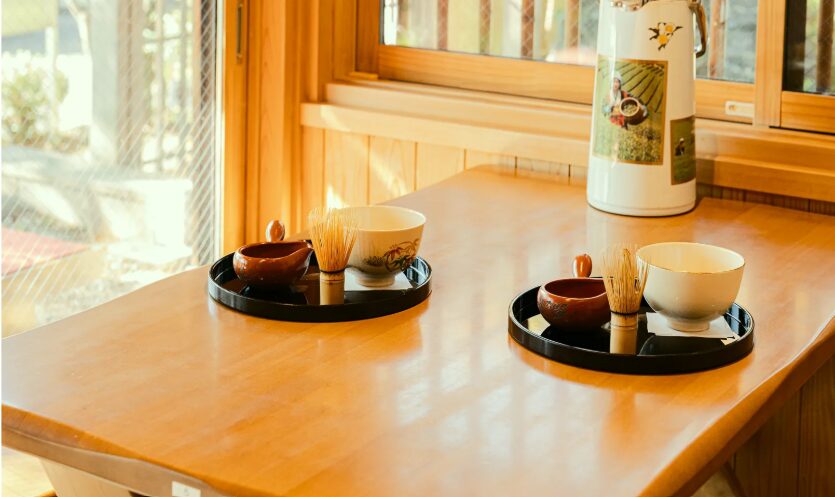
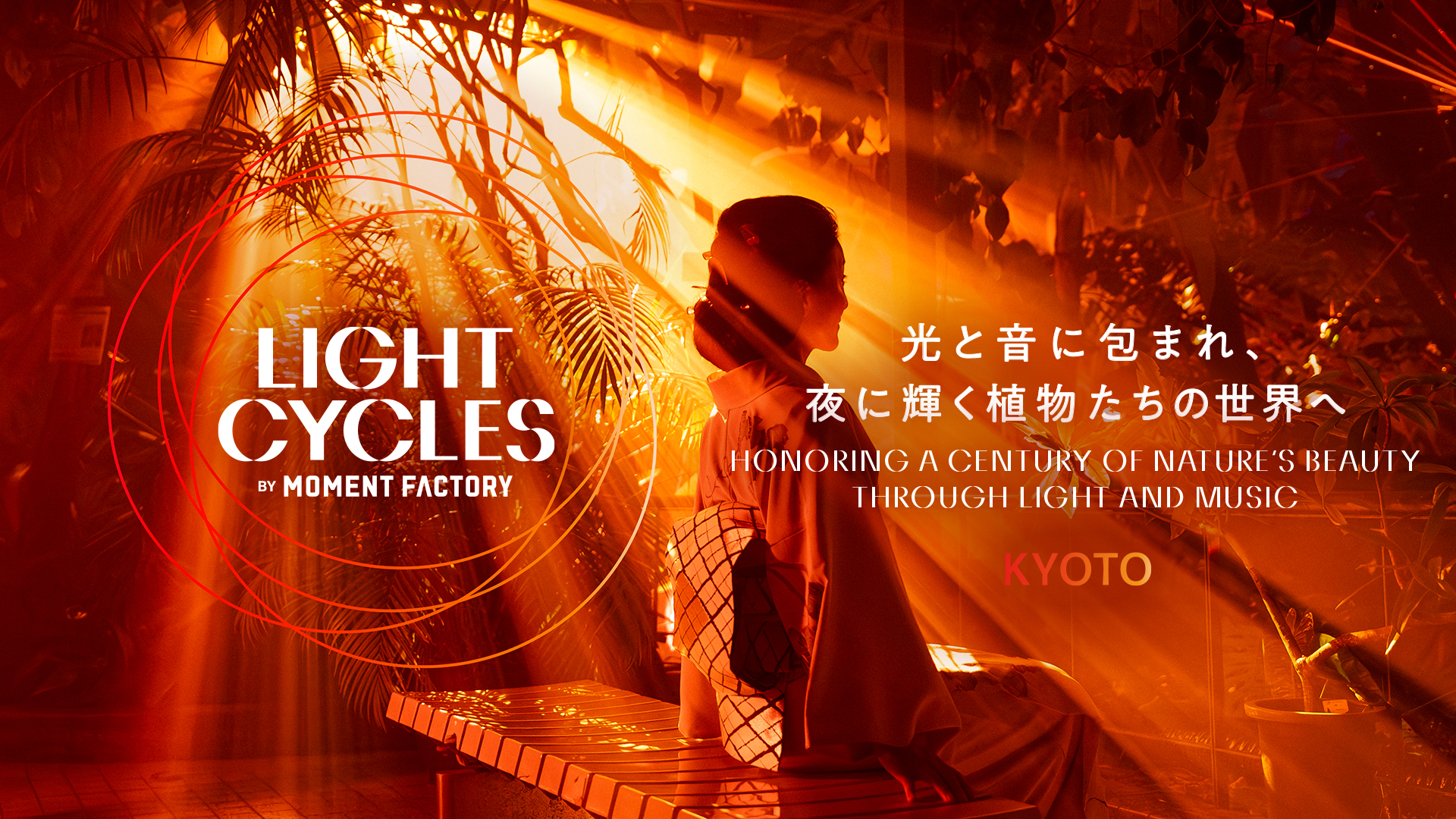
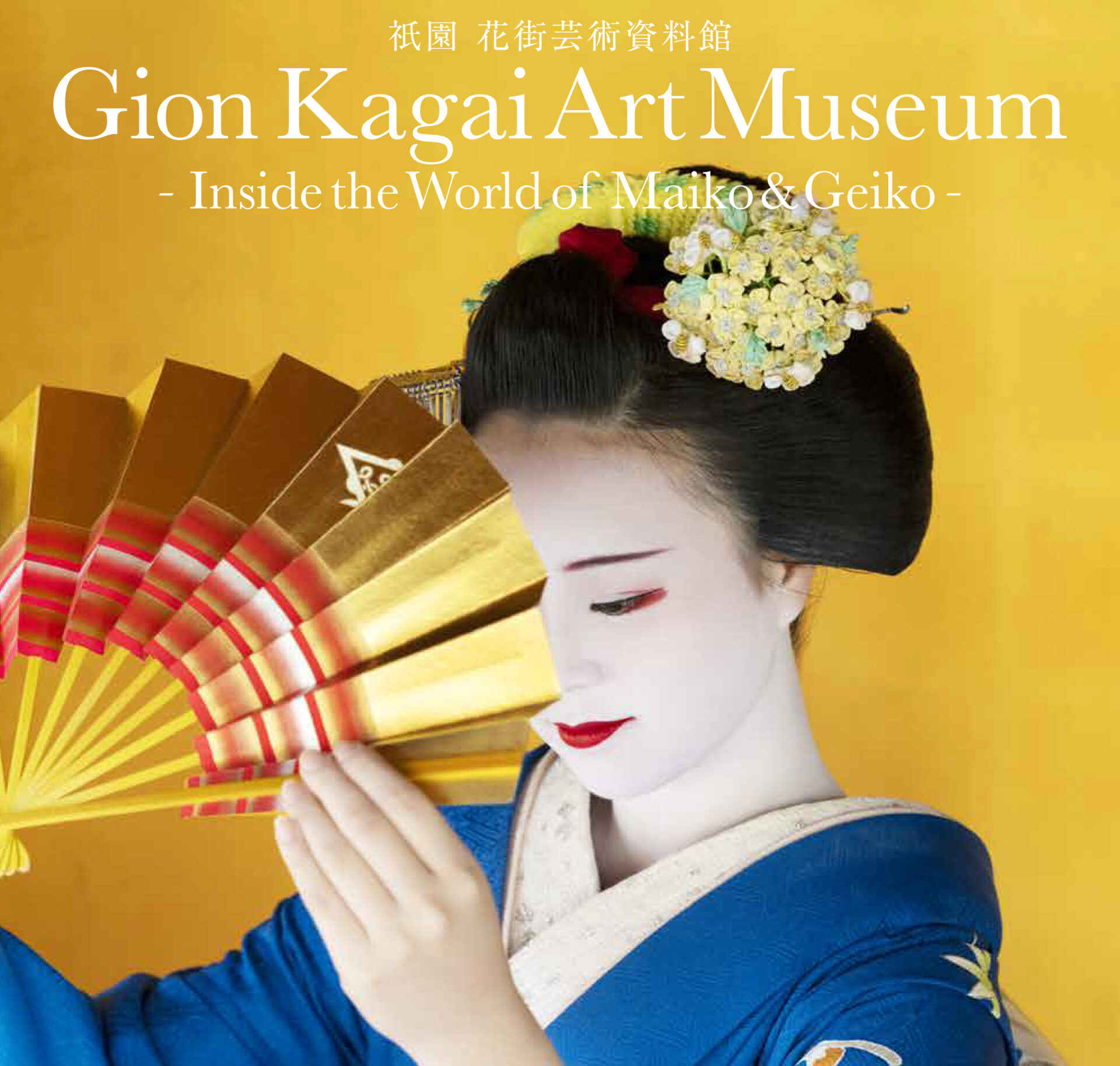

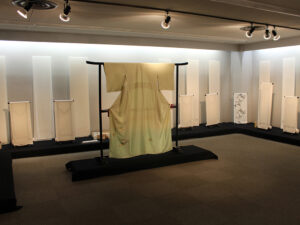
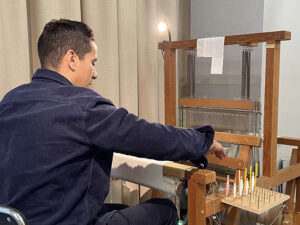

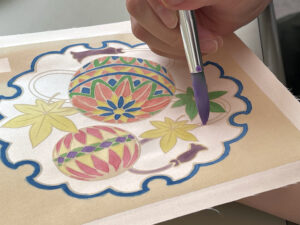
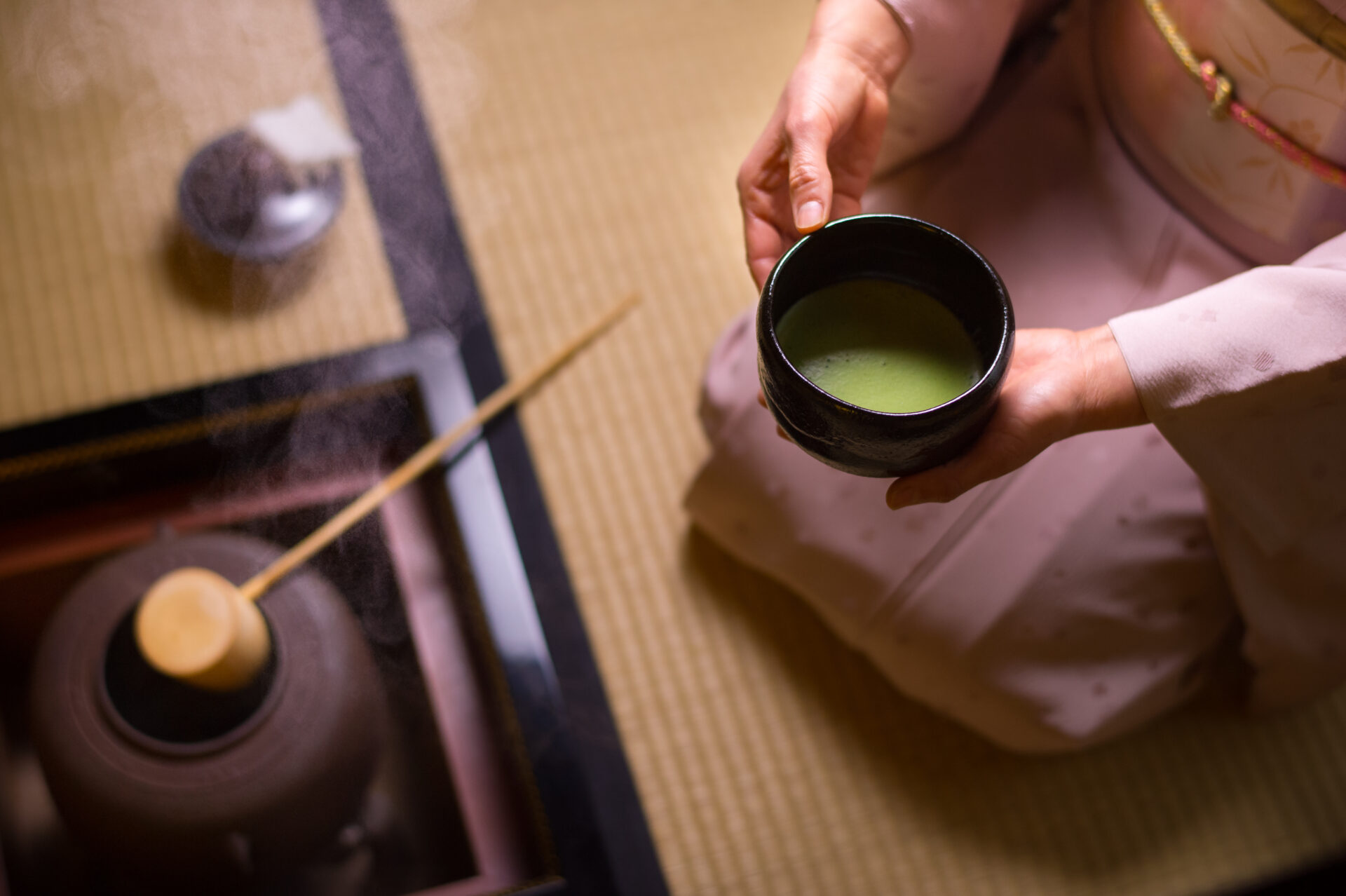
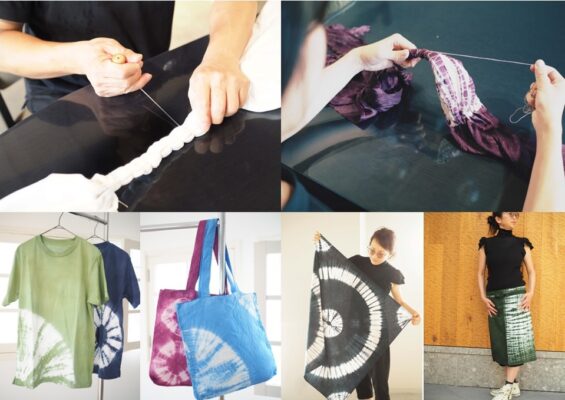
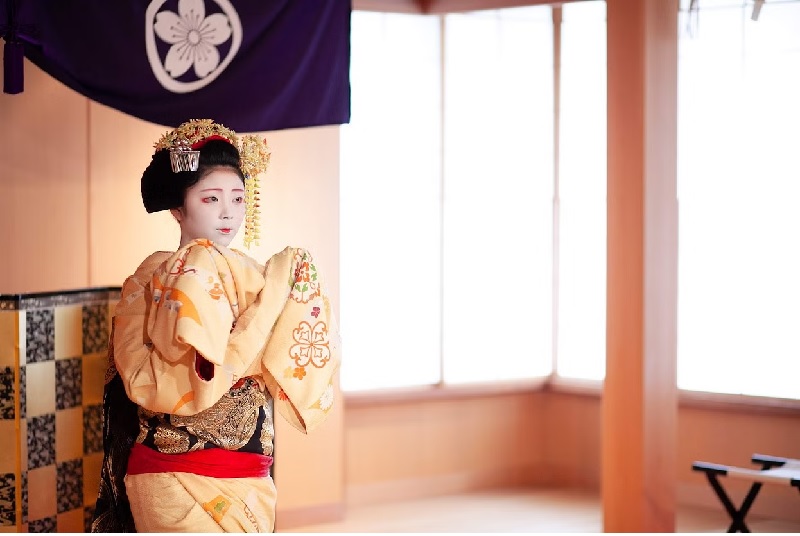
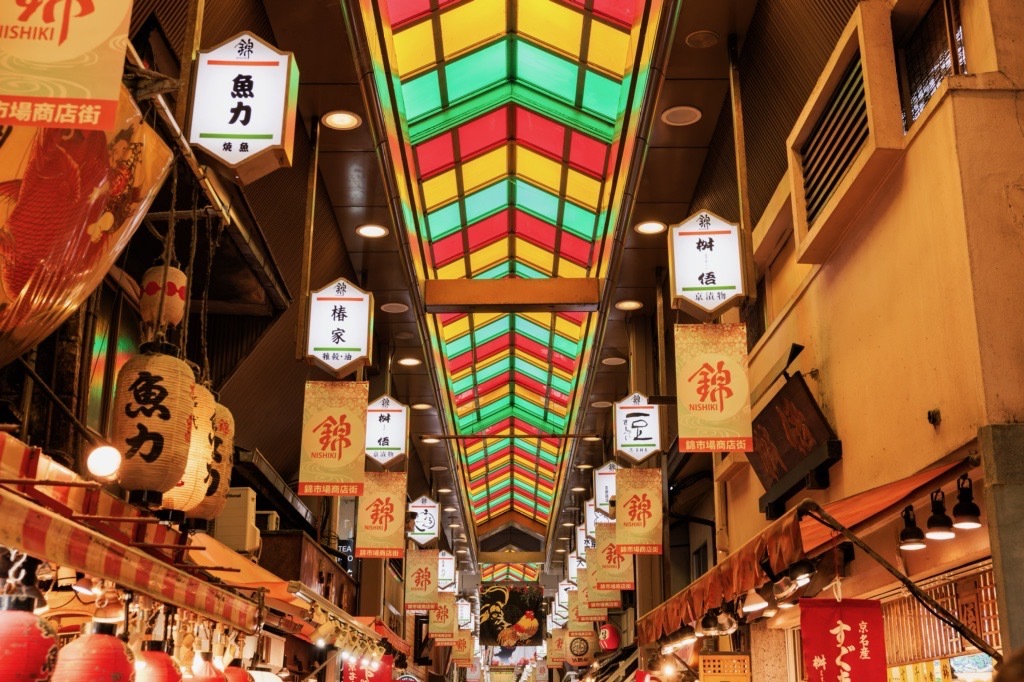
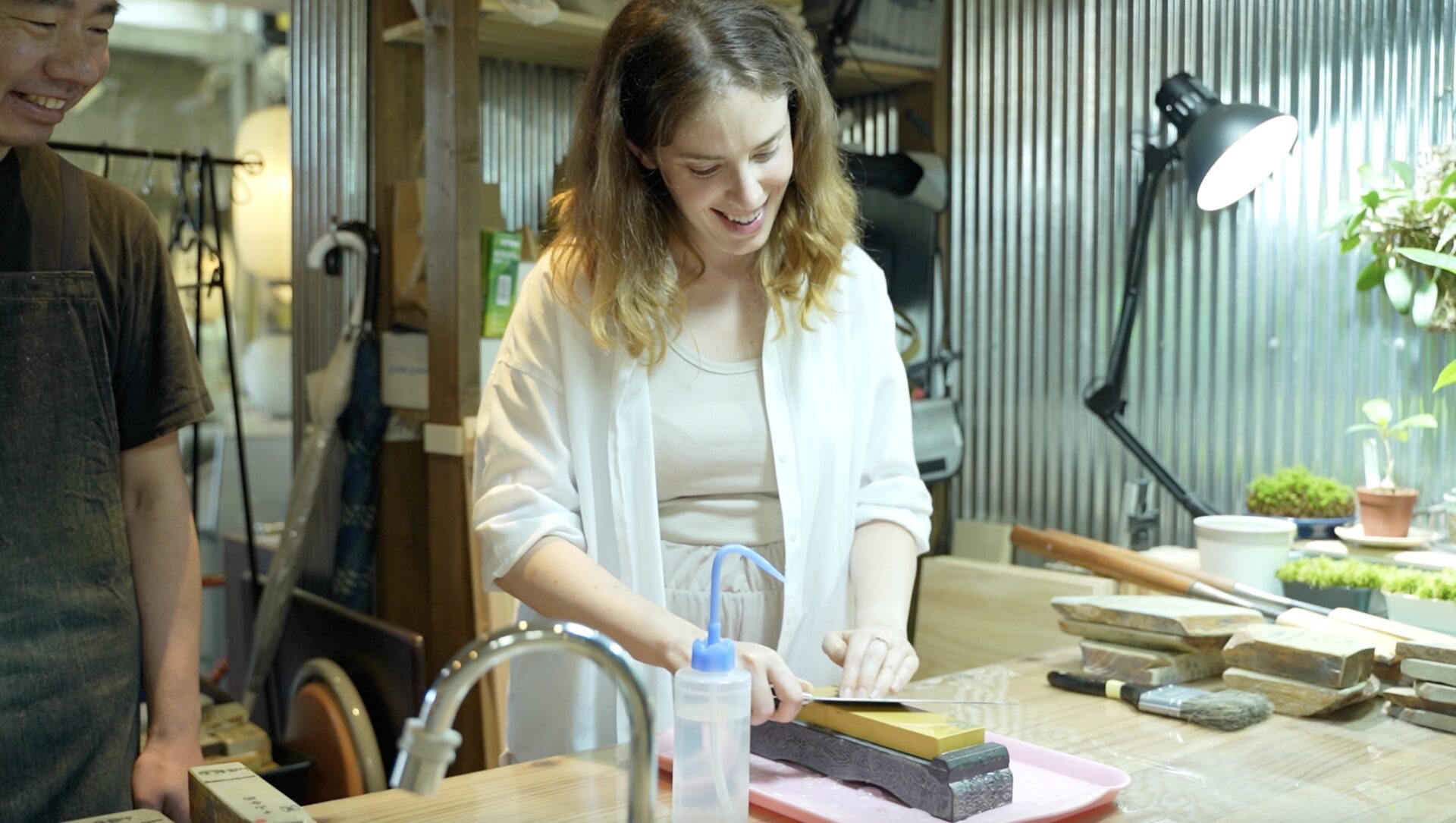
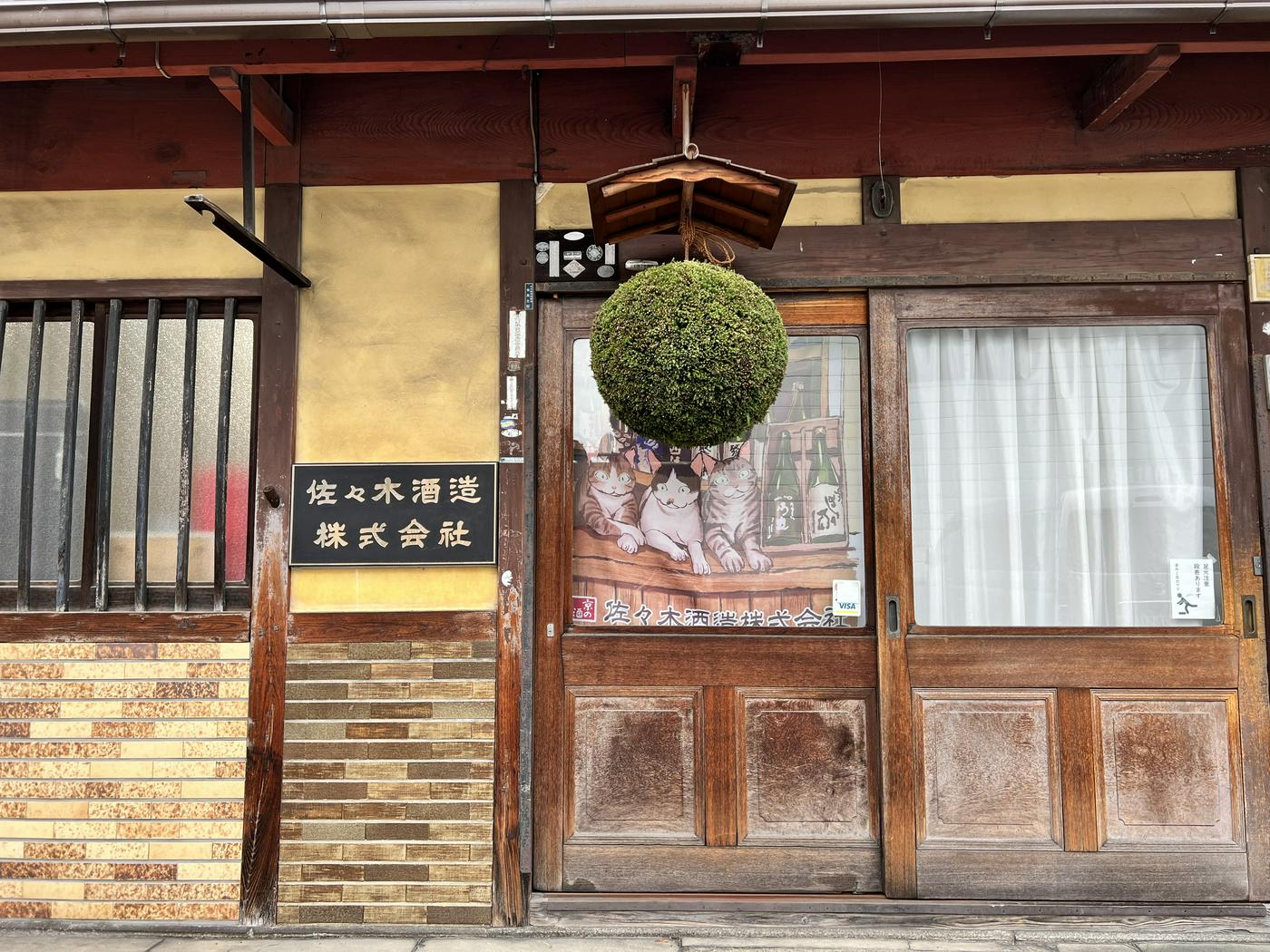
 Kyoto
experience
Kyoto
experience Contact us by phone
Contact us by phone Contact by email
Contact by email